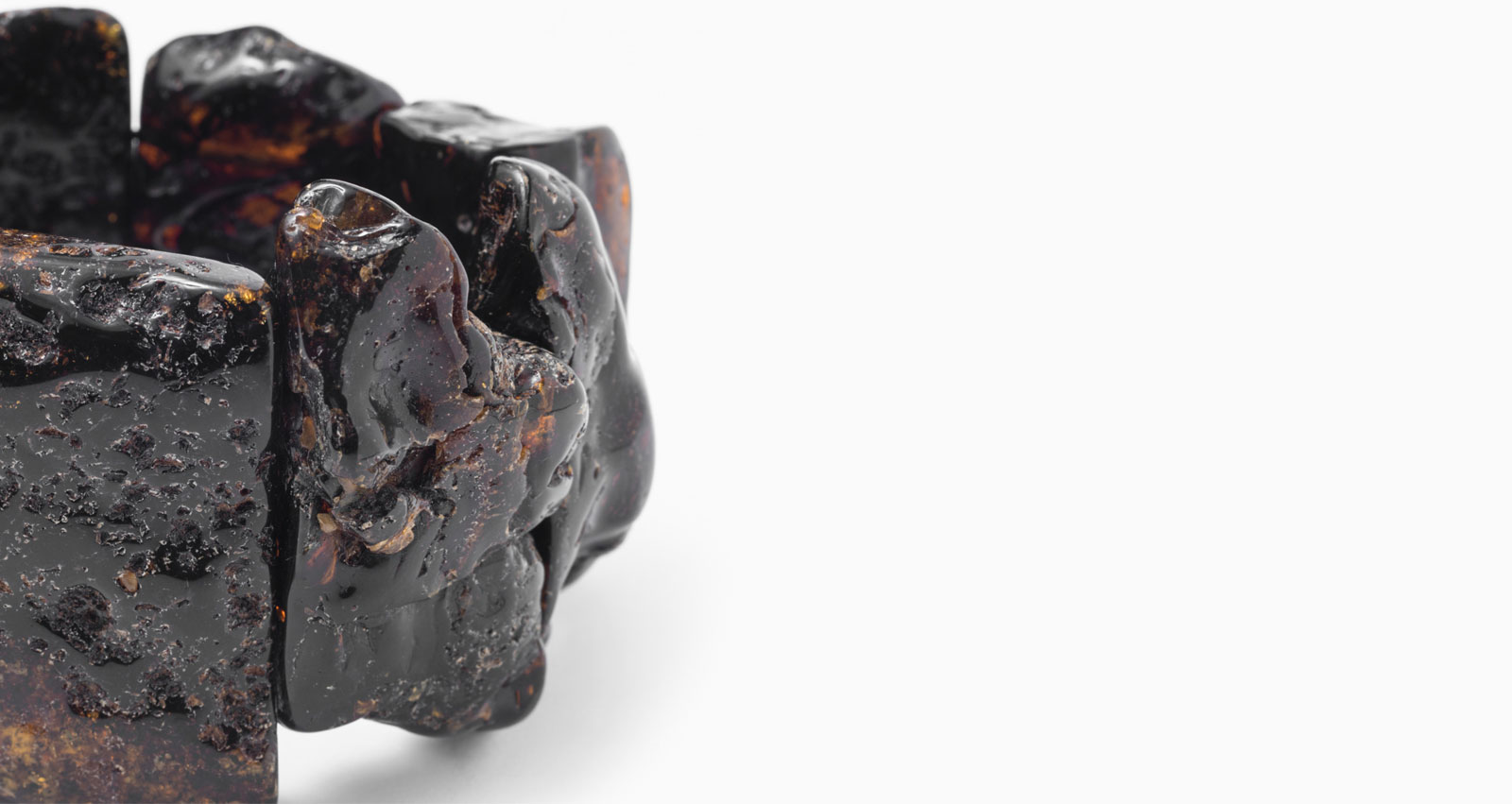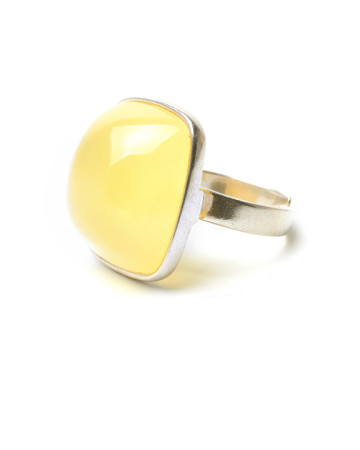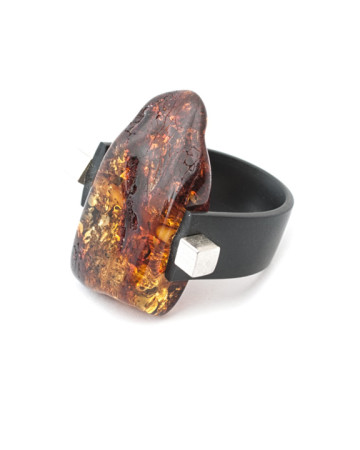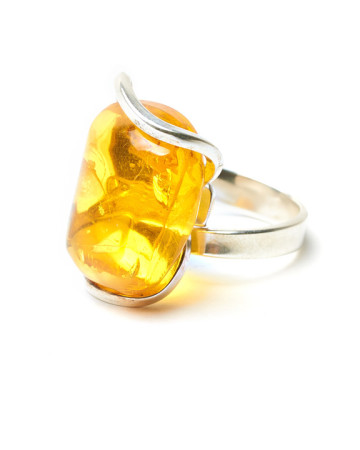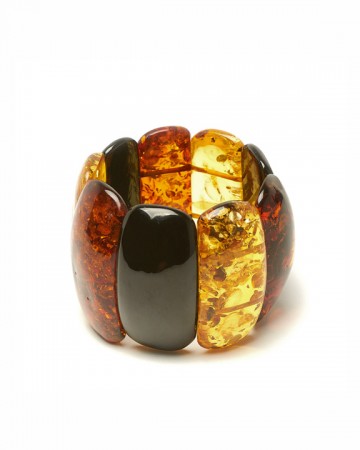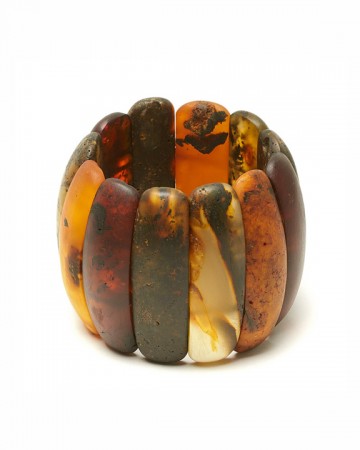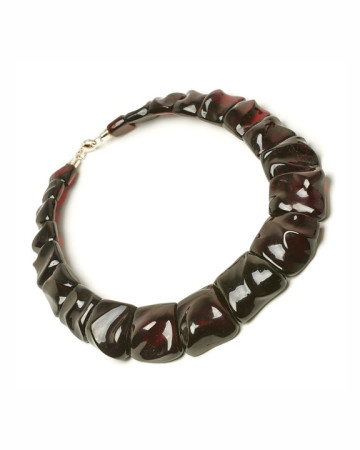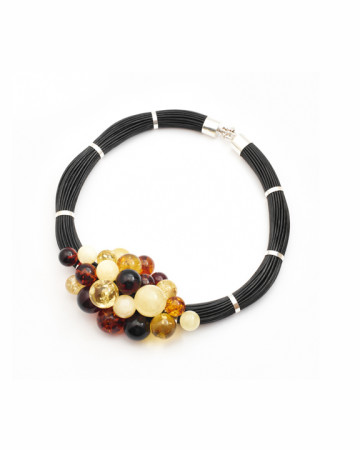

Perception
Amber is a product of nature, so various inclusions may be discovered in it, enhancing its authenticity. Such inclusions as gnats, midges, spiders and other insects are especially valued. Plant inclusions are more common – leaflets, twigs, grass-blades, fir-needles. Some amber stones are clear and lucid, while others are with hundreds of air bubbles reflecting sunlight like mirror shards. You can’t find two exactly similar amber stones; each of them is unique in its own way.
The spectrum of amber colours varies from green, citron, honey, caramel to cognac and even cherry, up to 250 shades. In ancient times white amber was rated especially high. It was believed that it had minimum impurity content and hence the best healing properties.
In the times of Nero in Ancient Rome, various luxury articles were carved from amber: amber collars and necklaces, beads and other jewellery. Nero used to send his merchants to the North to get Baltic amber which was valued not only for its beauty but also for healing properties. The emperor himself preferred black amber. In those days a small figurine made of amber cost more than a good and healthy slave. Rich Romans always carried with them amber beans, rubbing them with hands, presuming that amber is building strength.

News & Events

Sorry, this entry is only available in Russian.
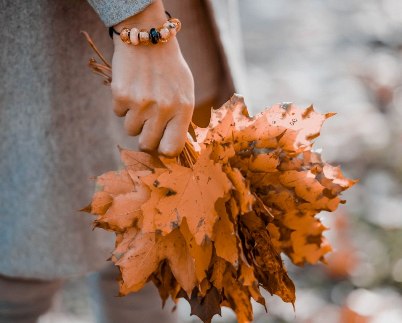
Sorry, this entry is only available in Russian.

Sorry, this entry is only available in Russian.
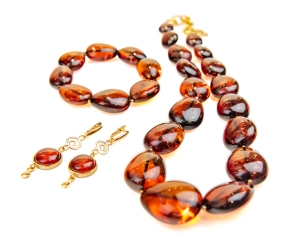
Sorry, this entry is only available in Russian.

Sorry, this entry is only available in Russian.
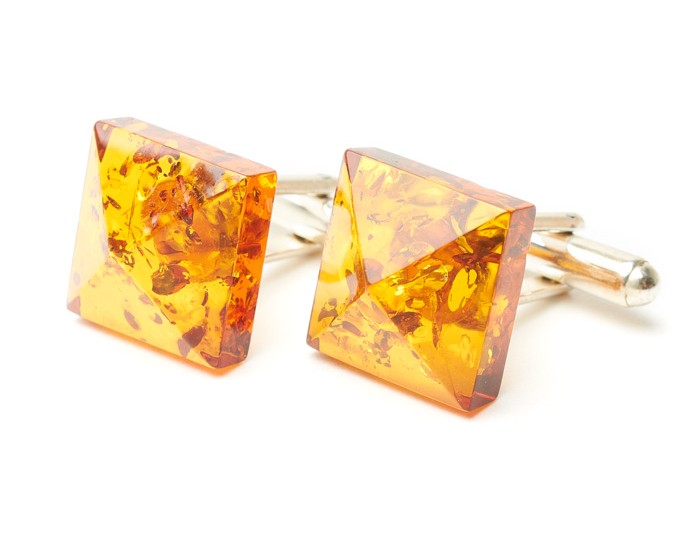
Sorry, this entry is only available in Russian.



